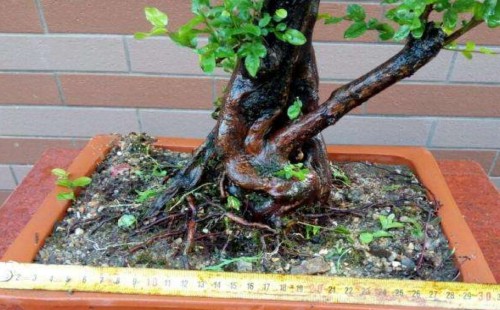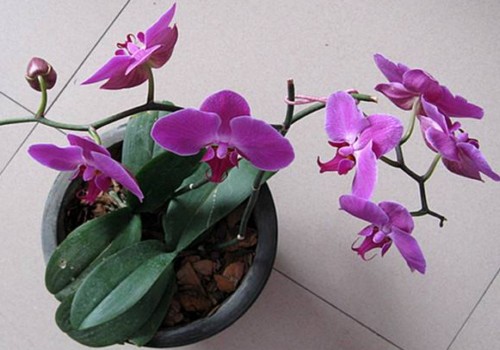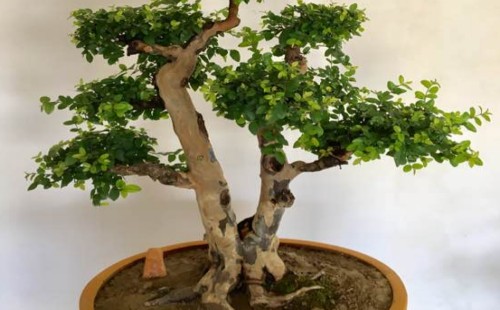What kind of soil is used to cultivate finch plum bonsai
Sparrow plum is a kind of tree species which is very suitable for growing in the subtropical region, while the southern part of China is very close to the subtropical climate, so it is very suitable for the growth of sparrow plum. Because the sparrow plum has strong germination ability, resistance to pruning and good ability to adapt to the environment, it has exuberant vitality and presents the changeable situation of four seasons, and its various shapes are very suitable for making bonsai. It is the main source of bonsai materials of Lingnan School and Su School.

Finch plum has been regarded as a good material for making bonsai trees since ancient times, so it was once known as one of the "seven sages" of bonsai. Sparrow plum is not only graceful, but also can be made into bonsai of various shapes, so it is widely used and has high ornamental value. However, in order to raise sparrow plum well, it is necessary to provide a suitable basin environment for its growth. So, what kind of soil is used to cultivate sparrow plum bonsai?
Finch plum does not have a high requirement for basin soil, and it can survive in slightly acidic, neutral, slightly alkaline and even calcareous soil. But if you want to make it grow higher, especially in the pot environment, the soil allocation work should be done well, all on the premise that it can promote its growth. But to prepare pot soil for sparrow plum, we need to know what kind of soil is more suitable for its growth, so we need to know its growth habits in advance.
Finch plum has a strong ability to adapt to the soil, and the requirement of potted soil is not very high. Although the original can grow in slightly acidic, neutral and slightly alkaline soil environment, we still need to prepare high-quality soil as far as possible. As the sparrow plum likes the soil environment which is fertile and loose and has strong permeability, it is recommended to use the mixture of humus soil and sand soil, which can be prepared according to the equal ratio. If there is no sand, cinder can be used instead.
The basin soil of sparrow plum can be mixed with humus soil and sandy soil, or garden soil and sand can be used. Moreover, ah, sand can also be used less. Finch plum is not too demanding in this respect, but it is more demanding to change soil. In general, for the normal maintenance and management of sparrow plum bonsai, it is recommended to replace the new soil once a year, which can promote its growth.
Time: 2019-06-02 Click:
- Prev

Phalaenopsis always has rotten roots and might as well change to another culture medium.
Many potted friends like Phalaenopsis, but they can't keep it well, especially in a potted environment. It seems to be very difficult to raise Phalaenopsis well. In fact, to sum up all the problems, it is the problem of root rot, and the most direct and main cause of root rot is watering. It can be said that I can't raise Phalaenopsis well.
- Next

Can sparrow plum be planted with nutritious soil?
The roots of Finch plum usually grow very strangely, and the plants are changeable all the year round and have a variety of shapes, so they are of high ornamental value, so they are a source of high-quality materials for making bonsai. Not only that, Finch plum has a strong ability to adapt to the environment, and the requirements for basin soil are not strict.
Related
- Fuxing push coffee new agricultural production and marketing class: lack of small-scale processing plants
- Jujube rice field leisure farm deep ploughing Yilan for five years to create a space for organic food and play
- Nongyu Farm-A trial of organic papaya for brave women with advanced technology
- Four points for attention in the prevention and control of diseases and insect pests of edible fungi
- How to add nutrient solution to Edible Fungi
- Is there any good way to control edible fungus mites?
- Open Inoculation Technology of Edible Fungi
- Is there any clever way to use fertilizer for edible fungus in winter?
- What agents are used to kill the pathogens of edible fungi in the mushroom shed?
- Rapid drying of Edible Fungi

